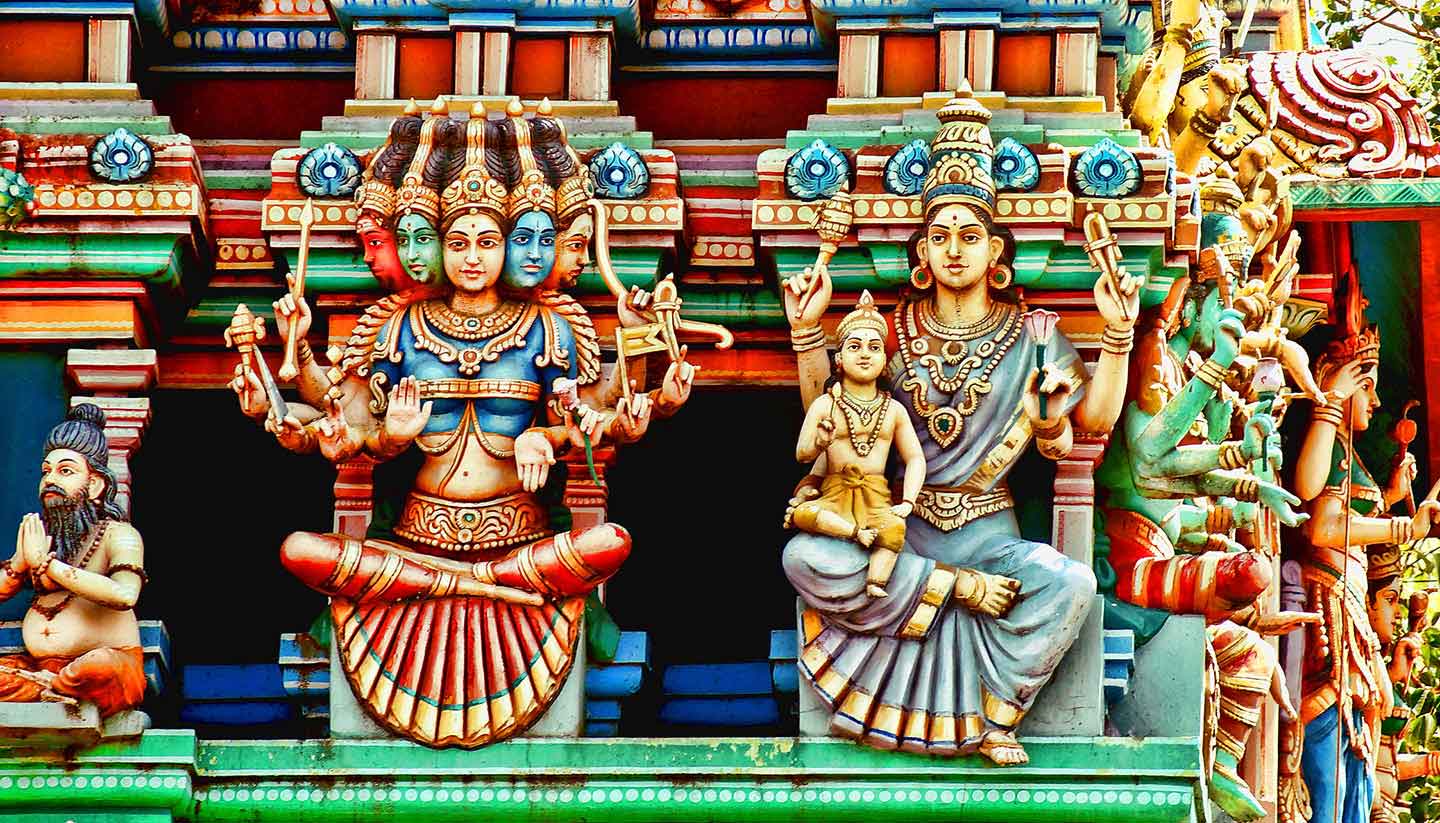Bengaluru (Bangalore) History
Thanks to its high-tech accomplishments, Bengaluru is known as the Silicon Valley of India thanks to its high-tech accomplishments, but the modern city owes it roots to the 12th century.
Legend has it that in 1120, the ruling South Indian king became lost during a hunting trip into a forest. Thankfully, he met an old lady who offered him shelter for the night and served him baked beans for dinner.
To show his gratitude to the woman that saved his life, the king constructed a town and named it Benda Kalooru, which means baked beans in the local Kannada language.
In the 16th century, a local chieftain, Kempe Gowda, shaped the Bengaluru of today. It wasn’t much more than a mud fort in the earlier years, but after Hyder Ali received the town as a gift from Krishnaraja Wadiyar III in 1759, he rebuilt the fort with stone. Under Hyder Ali and his son, Tipu Sultan, Bengaluru flourished.
But the Brits had their eyes on the city and, despite being repelled several times, seized the fort in 1791.
The British initially returned the city to the Wadiyars after Tipu Sultan’s death in 1799. However, in 1831, Bengaluru became the British administrative regional headquarters. The Brits remained in the city until Indian independence in 1947.
By the end of the 20th century, Bengaluru had become a high-tech hub, with multiple global tech companies opening offices in the sprawling urban landscape.
The city officially changed its name from Bangalore to Bengaluru in 2006.
Bengaluru’s stratospheric growth has continued into the 21st century, and the city has evolved into a cosmopolitan metropolis with a young, educated population.
Did you know?
• The Lalbagh Botanical Garden began life as a private garden created by Hyder Ali in 1760.
• Bengaluru became the first city in India to have electric lights in 1905.
• The city’s population swelled from 5.7 million in 2001 to 8.7 million in 2011, and authorities believe it will reach 20.3 million residents by 2031.


